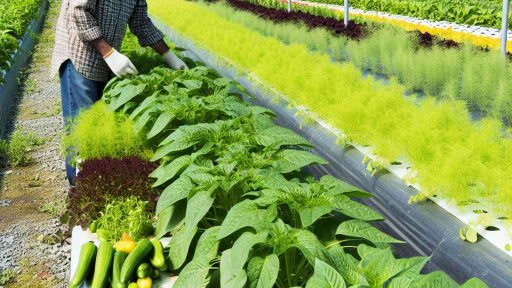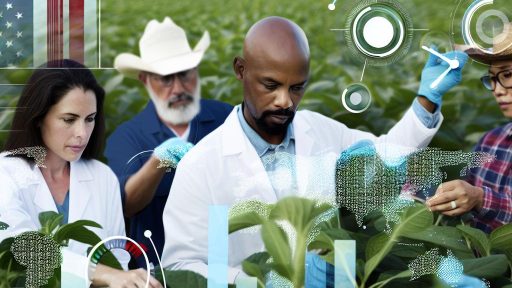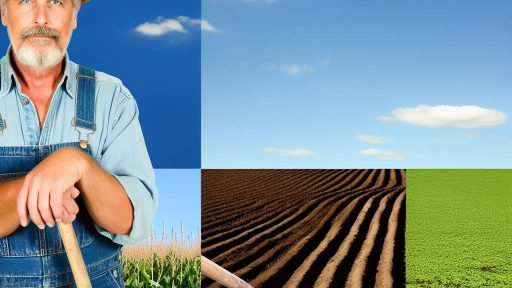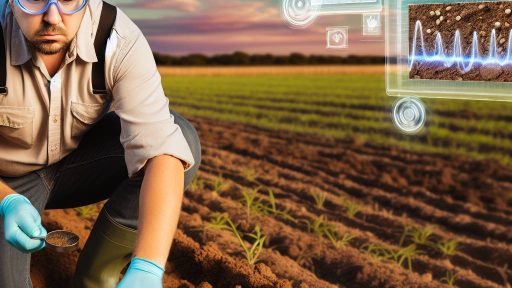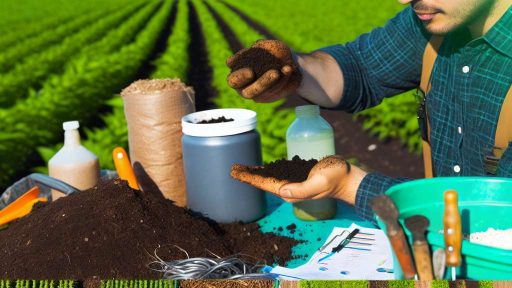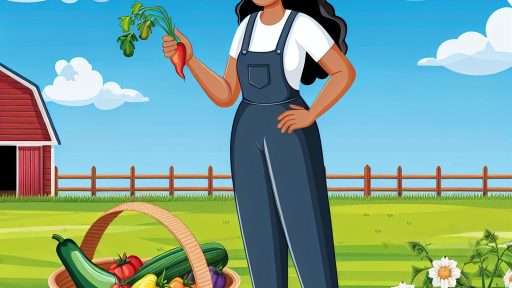Crop Cultivation and Management
Mastering Crop Cultivation and Management
In the world of agriculture, crop cultivation and management stand as the backbone of successful farming.
This comprehensive guide delves into the essential practices, challenges, and strategies for optimizing crop yield and health.
From soil preparation to harvest, every step is crucial in ensuring the sustainability and profitability of a farm.
Soil Preparation and Fertility
Testing Soil
- Action: Analyze soil for nutrient content and pH levels.
- Purpose: Tailor fertilization to meet specific crop needs.
Enhancing Soil Health
- Method: Incorporate organic matter, like compost, to improve soil structure and fertility.
- Benefit: Increases water retention and nutrient availability.
Seed Selection and Planting
Choosing the Right Seeds
- Criteria: Opt for high-quality, disease-resistant varieties suited to the local climate.
- Advantage: Reduces the need for chemical inputs and enhances yield.
Planting Techniques
- Approach: Use precision planting methods to optimize spacing and depth.
- Result: Ensures even growth and maximizes land use.
Water Management
Irrigation Strategies
- System: Implement drip or sprinkler irrigation for efficient water use.
- Objective: Minimize waste and ensure plants receive adequate moisture.
Conserving Water
- Practice: Mulching and rainwater harvesting reduce the need for external water sources.
- Impact: Lowers operational costs and supports sustainable farming.
Pest and Disease Control
Integrated Pest Management (IPM)
- Philosophy: Combine biological, cultural, and chemical methods to manage pests and diseases.
- Outcome: Reduces reliance on pesticides and protects crop health.
Regular Monitoring
- Action: Inspect crops frequently for signs of stress or infestation.
- Purpose: Early detection allows for timely intervention and minimizes damage.
Crop Rotation and Diversification
Rotating Crops
- Plan: Change crops in a planned sequence to prevent soil depletion and disrupt pest cycles.
- Effect: Enhances soil health and reduces the need for chemical inputs.
Introducing Cover Crops
- Selection: Plant legumes or grasses between commercial crop cycles.
- Advantage: Fixes nitrogen in the soil, suppresses weeds, and prevents erosion.
Harvesting and Post-Harvest Management
Timing the Harvest
- Key: Determine the optimal time for harvesting to maximize quality and yield.
- Indicator: Monitor crop maturity signs closely.
Storage and Processing
- Method: Employ proper storage techniques to prevent loss and maintain quality.
- Consideration: Temperature and humidity control are critical for preserving harvested crops.
Conclusion
Effective crop cultivation and management require a deep understanding of agricultural principles, along with a commitment to sustainable practices.
By focusing on soil health, water efficiency, pest management, and crop diversity, farmers can achieve higher yields, improve product quality, and ensure the long-term viability of their farming operations.
The journey from seed selection to harvest is complex but rewarding, offering endless opportunities for innovation and improvement in the quest to feed a growing world.




